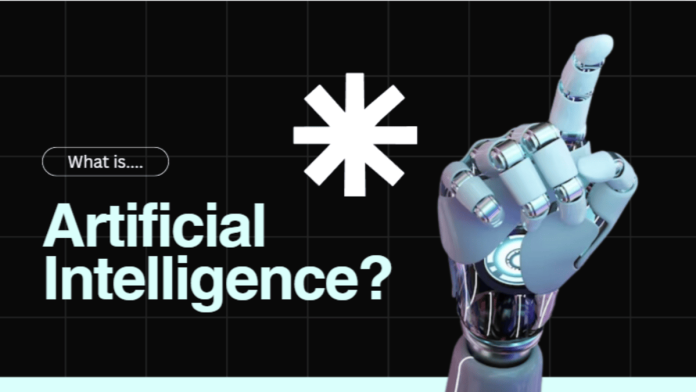Artificial Intelligence (AI) is a branch of computer science that aims to create systems capable of performing tasks that usually require human intelligence. Imagine a computer that can understand your speech, recognize your face in photos, or even suggest what movie you might want to watch next. That’s AI in action.
Think of AI as giving a computer a bit of human-like thinking. It involves teaching the machine to learn from data, make decisions, and solve problems. For example, when you use a voice assistant like Siri or Alexa, it recognizes your speech and responds intelligently—thanks to AI.
How AI Learns: Machine Learning
A simple way to explain AI is to compare it to a child learning from experiences. Just like how kids learn to identify objects or understand language through observation and repetition, AI systems learn from large amounts of data. This process is called “machine learning.” Over time, these systems get better and more accurate at their tasks, just like humans do.
For Example, Robots, self-driving cars, and even some software that filters your emails for spam use AI. They make our lives simpler by performing tasks more efficiently and often more accurately than humans could.In essence, AI is about creating smart machines that can “think” and “learn” in ways that mimic human intelligence.
It’s transforming our world, making things faster and more efficient, and opening up possibilities we could only dream of a few decades ago. So, the next time your phone suggests a shortcut to get home during rush hour, you’ll know it’s AI working behind the scenes.
Brief History of AI
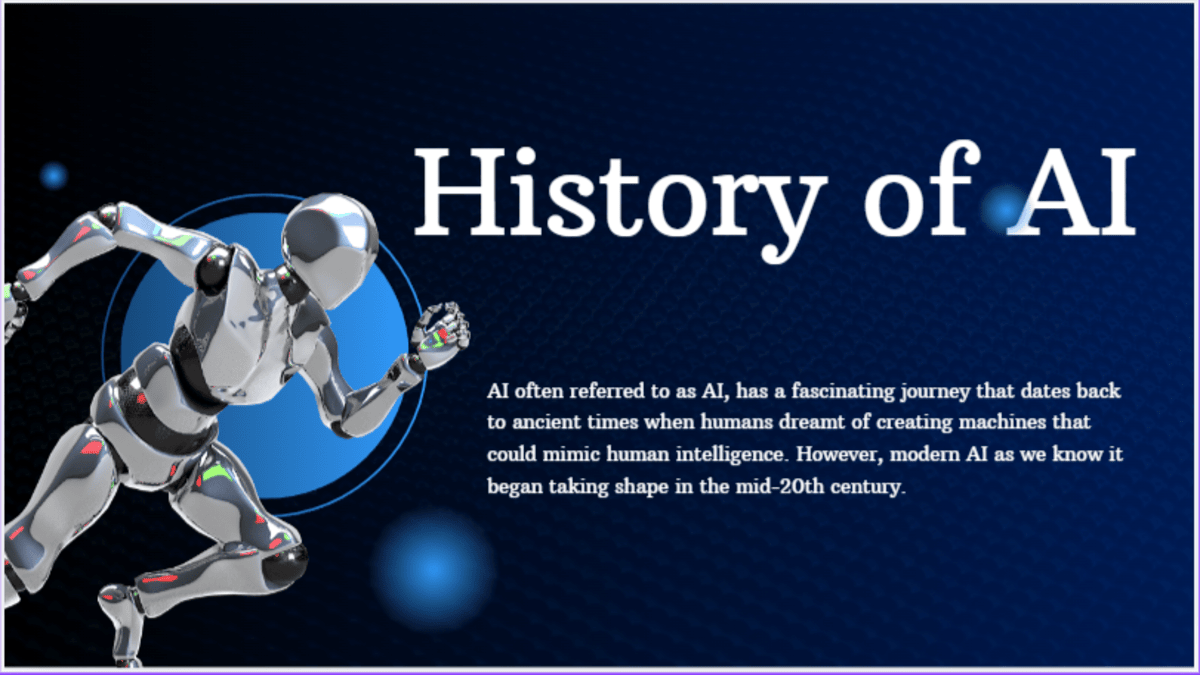
Artificial Intelligence, often referred to as AI, has a fascinating journey that dates back to ancient times when humans dreamt of creating machines that could mimic human intelligence. However, modern AI as we know it began taking shape in the mid-20th century.
1. Dartmouth Conference and Early Development
The field truly started to take off in 1956 during a famous conference at Dartmouth College. This event is often credited as the birthplace of AI because it brought together brilliant minds to explore the possibilities of thinking machines. Early attempts focused on creating logical programs that could solve mathematical problems and play games like chess.
2. AI Winter
Progress was slow but steady. In the 1960s and 70s, researchers built basic neural networks and began teaching machines to understand and generate human language. Despite these advancements, AI hit a “winter” period in the 1980s due to limitations in computational power and inflated expectations that couldn’t be met.
3. Breakthroughs in the Late 20th Century
The breakthrough came in the late 1990s and early 2000s with the advent of more powerful computers and access to massive datasets. An iconic moment was in 1997 when IBM’s Deep Blue defeated world chess champion Garry Kasparov, demonstrating the potential of AI.
4. 21st Century Advancements
As we moved into the 21st century, the emergence of machine learning and deep learning techniques revolutionized the field. AI systems could now analyze vast amounts of data, recognize patterns, and make decisions with incredible accuracy, leading to innovations in fields as diverse as healthcare, finance, and entertainment.
Today, AI is integrated into our daily lives more than ever. Virtual assistants, recommendation algorithms, and even self-driving cars are examples of how far we’ve come. But the journey of AI is far from over; we’re still on the path to unlocking its full potential, learning from the past to build a smarter future.
Different Types of AI
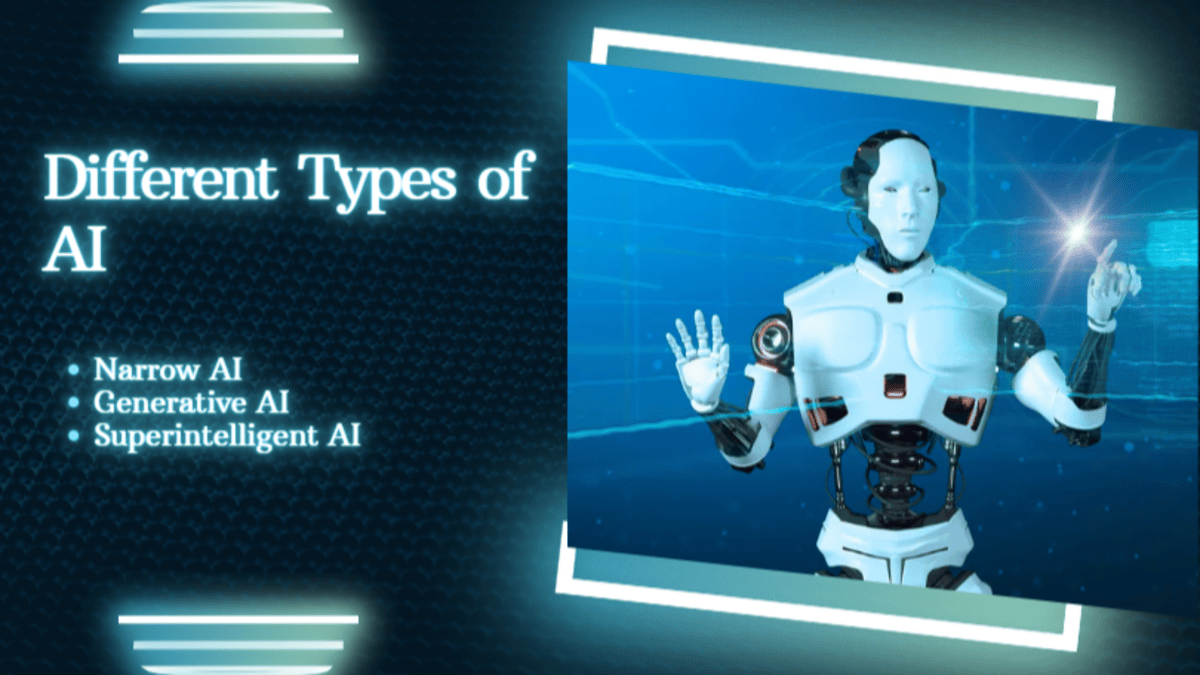
Artificial Intelligence (AI) can be broadly categorized into three types: Narrow AI, General AI, and Superintelligent AI. Each type has distinct characteristics and capabilities.
1. Narrow AI
Narrow AI, also known as Weak AI, is the most common form of artificial intelligence we’re familiar with today. It is designed to perform a specific task, such as voice recognition, image analysis, or even playing chess. Think about virtual assistants like Siri and Alexa or recommendation algorithms on Netflix—these are all examples of Narrow AI. They excel at their designated functions but lack the ability to perform tasks outside their specializations.
2. General AI
General AI, or Strong AI, doesn’t yet exist but is the goal many researchers are working towards. This kind of AI would possess the ability to understand, learn, and apply knowledge across a wide range of tasks, just like a human. General AI would theoretically be able to perform any intellectual task that a human being can do, making it far more versatile. It’s like having a machine that can switch from diagnosing a medical condition to composing a symphony.
3. Superintelligent AI
Lastly, superintelligent AI takes the concept a step further. This type of AI would surpass human intelligence in all aspects, from creativity to problem-solving. It’s the stuff of science fiction and ethical debates, as its development could fundamentally change the way we live and interact with technology.
Understanding these types helps to clarify where we are in terms of AI development and what we might expect in the future. While we enjoy many benefits from Narrow AI today, the pursuit of General and Superintelligent AI opens new realms of possibilities and challenges.
Practical Applications of AI
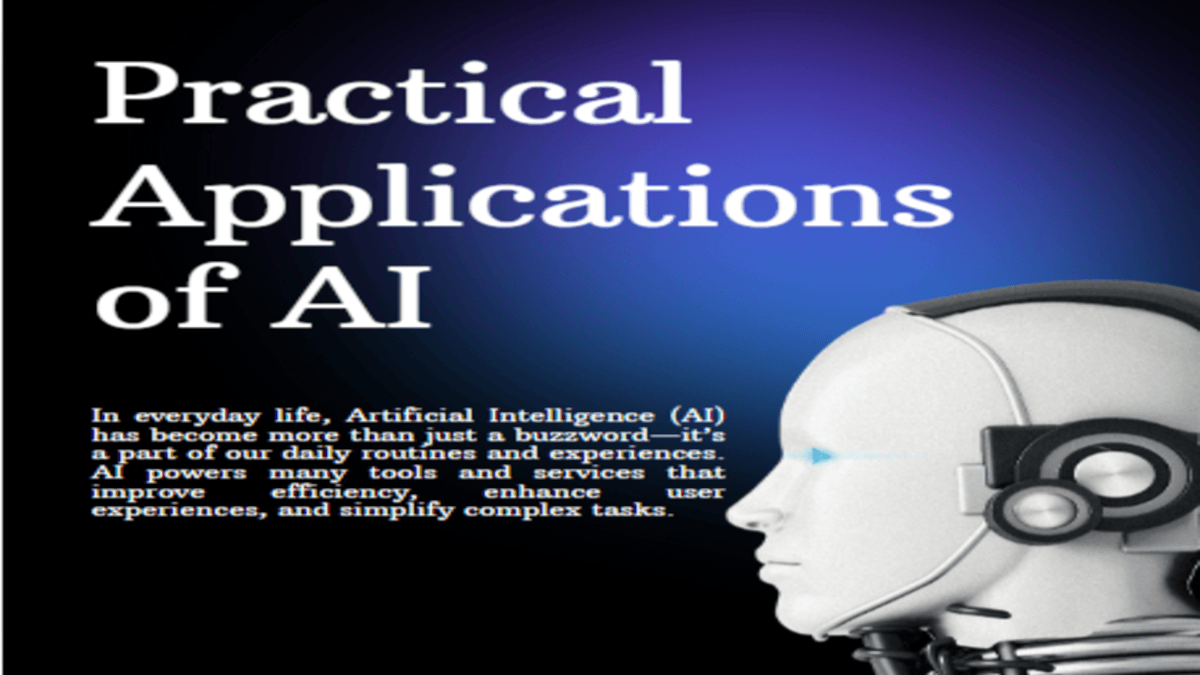
In everyday life, Artificial Intelligence (AI) has become more than just a buzzword—it’s a part of our daily routines and experiences. AI powers many tools and services that improve efficiency, enhance user experiences, and simplify complex tasks.
Virtual Assistants
One of the most familiar applications is virtual assistants like Siri, Alexa, and Google Assistant. These AI-driven assistants help us with everything from setting reminders to answering questions and controlling smart home devices.
Healthcare sector
AI is revolutionizing diagnostics and treatment plans. For instance, AI algorithms can analyze medical images more quickly and accurately than human professionals, leading to earlier and more precise diagnoses of conditions like cancers and heart diseases. Moreover, AI is employed in personalized medicine to tailor treatment plans to individual patient needs, enhancing the effectiveness of therapies.
Business
The business world is also benefiting significantly from AI. Customer service chatbots provide instant support and resolve queries any time of the day, improving customer satisfaction and freeing up human resources for more complex tasks. In marketing, AI analyzes consumer behavior to create personalized advertising campaigns, making marketing efforts more effective and less intrusive.
Transportation
It has seen advancements too, with AI playing a pivotal role in the development of autonomous vehicles. These self-driving cars can navigate roads with safety and efficiency, potentially reducing traffic accidents in the future.
Education
AI’s impact extends to education as well, where intelligent tutoring systems provide personalized learning experiences, catering to the unique needs and pace of each student.
From simplifying daily tasks to pioneering breakthroughs in medicine and business, AI’s practical applications are diverse and ever-growing, making it an indispensable part of modern life.
Ethical Issues and Challenges in AI
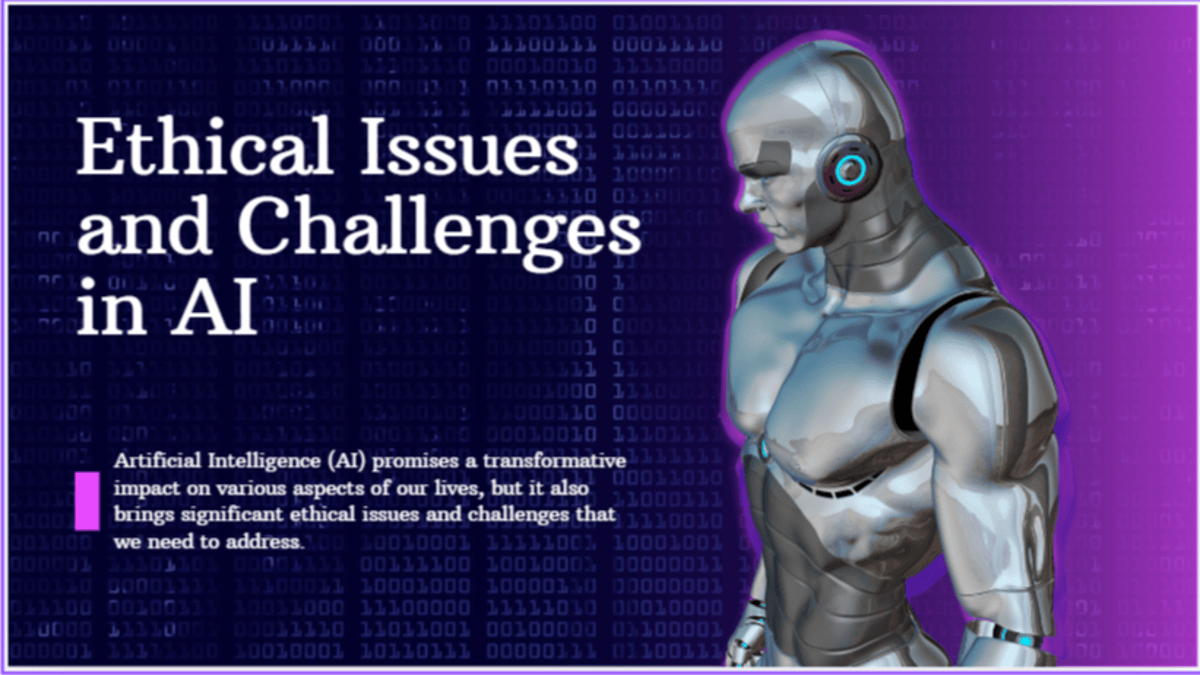
Artificial Intelligence (AI) promises a transformative impact on various aspects of our lives, but it also brings significant ethical issues and challenges that we need to address.
- Bias in AI: One of the major ethical concerns is bias. AI systems learn from data, and if this data reflects human biases, the AI can replicate and even amplify these biases in its decisions. This can lead to unfair treatment in areas like hiring, lending, and law enforcement.
- Privacy Concerns: Privacy is another critical issue. AI often relies on vast amounts of data to function effectively. Collecting, storing, and analyzing this data can compromise individual privacy, as sensitive information about users might be exposed or misused. Ensuring robust data protection measures is essential to safeguard privacy.
- Transparency and Accountability: Transparency and accountability are also pressing concerns. How AI arrives at a decision can sometimes be a “black box” even to its developers. This lack of transparency makes it difficult to trust the AI’s outcomes and holds off efforts to question or correct its errors. This can be particularly problematic in areas like healthcare and criminal justice, where decisions can have profound consequences.
- Job Displacement: The potential for job displacement due to AI automation is another challenge. While AI can handle repetitive and mundane tasks, this can lead to job losses in certain sectors. It’s crucial to develop strategies for workforce retraining and reskilling to mitigate this impact.
Finally, ethical issues in AI also bring up questions about responsibility. If an AI system causes harm, who is accountable? Is it the developers, the users, or the companies that deployed the AI? Establishing clear guidelines and regulations will be key to navigating these murky waters.
As AI continues to evolve, addressing these ethical concerns with proactive measures will be essential to ensure it serves humanity positively and equitably.
Future of AI
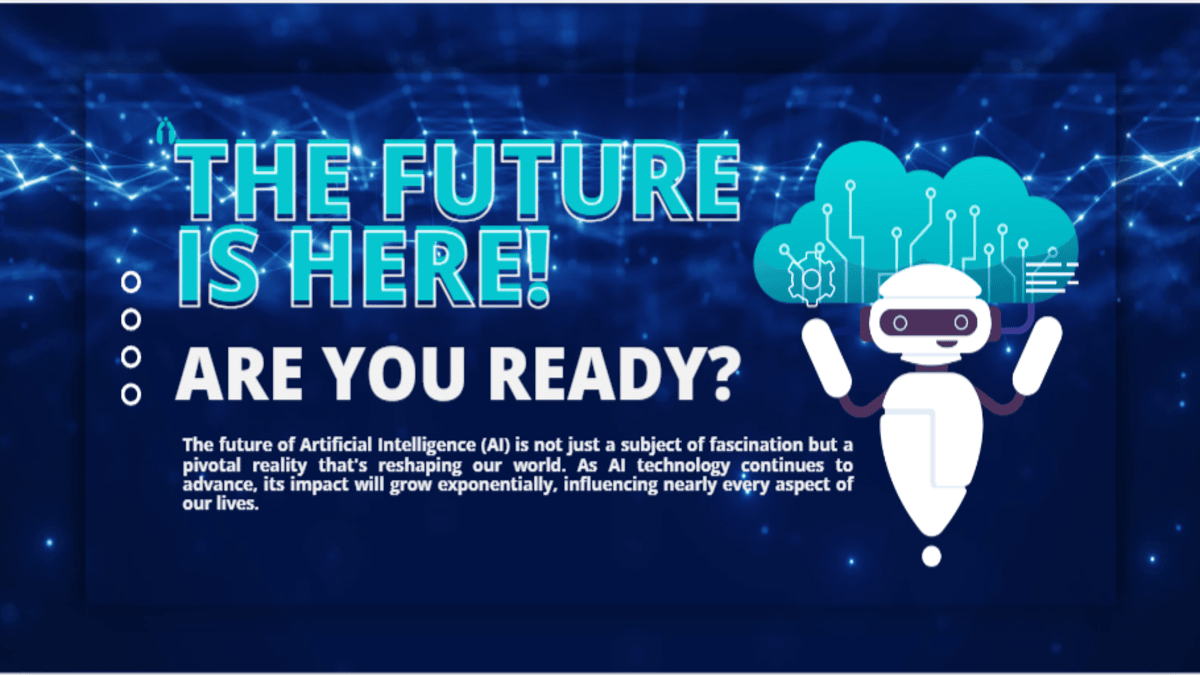
The future of Artificial Intelligence (AI) is not just a subject of fascination but a pivotal reality that’s reshaping our world. As AI technology continues to advance, its impact will grow exponentially, influencing nearly every aspect of our lives.
1. Revolutionizing Industries
We can expect AI to revolutionize industries such as healthcare, where it will enable more accurate diagnoses and personalized treatments. Self-driving cars, powered by advanced AI, will become a norm, drastically reducing road accidents and changing the way we commute.
2. Enhancing Business Efficiency
In the realm of business, AI will optimize operations, making supply chains more efficient and allowing companies to offer highly tailored customer experiences. AI-driven analytics will provide deeper insights, helping businesses make better, data-driven decisions.
3. AI in Daily Life
Moreover, AI will enhance our daily lives in subtle yet profound ways. From virtual personal assistants that anticipate our needs to smart home devices that learn our routines, AI will seamlessly integrate into our everyday activities, making life more convenient and efficient.
4. Addressing Ethical Challenges
However, the future of AI also brings challenges and ethical concerns. Issues related to privacy, security, and job displacement will require thoughtful regulation and policies. As AI systems become more autonomous, ensuring they align with human values and ethical standards will be crucial.
In essence, the future of AI is a blend of incredible opportunities and significant responsibilities.
Embracing this technology wisely will unlock unprecedented potential, driving innovation and improving quality of life, while addressing its challenges will ensure a balanced and equitable progression.
Conclusion:
Artificial Intelligence is revolutionizing the way we live, work, and interact with technology. From Narrow AI systems that specialize in specific tasks to the pursuit of General AI and the hypothetical Superintelligent AI, the development of AI continues to push boundaries. While the practical applications of AI are making life more efficient, the ethical concerns around bias, privacy, and accountability require careful consideration. The future of AI presents an exciting blend of opportunities and responsibilities, shaping a smarter world for all.
Related Articles:

